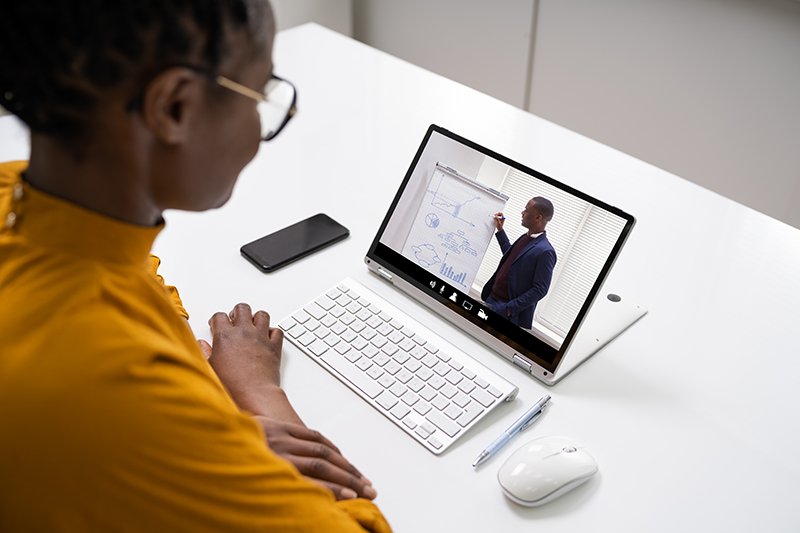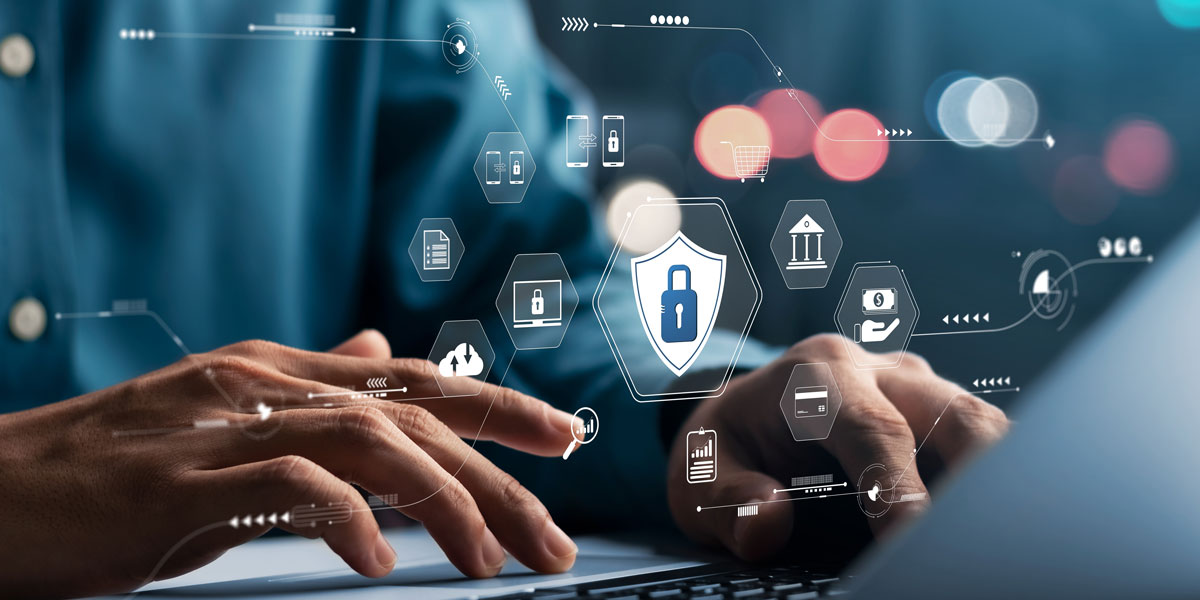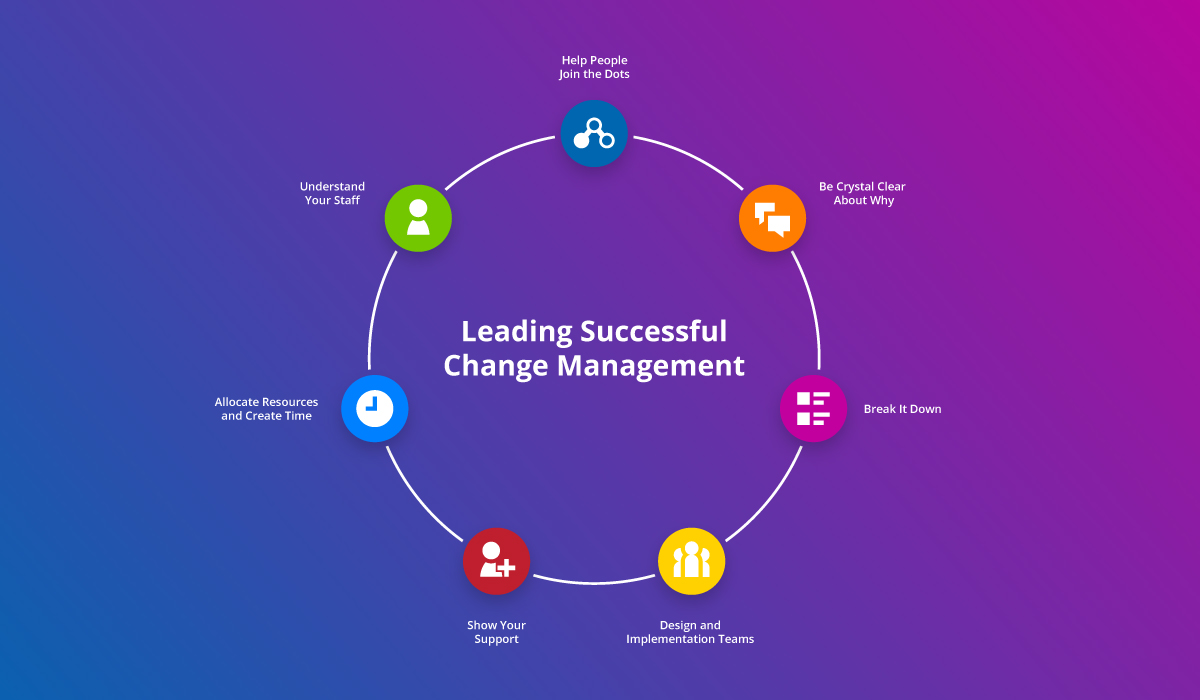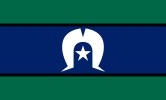When compiling a pros and cons list of 2020 and the events that have shifted the education landscape across the world, it’s easy to presume a huge imbalance in scalable digital technology and equitable access to technology for teachers and staff. However, when you consider the value and potential impact of the shifts that have occurred, you begin to realise 2020 was an important year for the education sector.

Digital agility
A significant aspect of the transformation that has occurred across the globe, as we teach and learn from a distance in the two-dimensional world, is the visible rise in digital agility.
Digital agility refers to the developed awareness of and capability to use digital tools and learning management systems for the purposes of communication and learning. 2020 has seen students and teachers alike, by necessity alone, embrace digital agility.
As a result, we are currently in a critical phase to make the most of these advancements. So, now is the time to assess this digital literacy within our schools, and understand the positive impact it can make on education delivery.
Only then will we be able to ensure key learnings are evidenced, lessons are learnt and enhancements in K–12 education continue.
Below are key areas that provide insights into your school’s digital agility.
Student engagement
Without doubt, educators prioritise the relationships they establish with their students above anything else. They are adept at managing anywhere from 20 – 200 connections with the next generation; knowing who they are, how they learn and what sparks joy in them.
During remote learning, teachers have taken this knowledge and generated learning that has minimised the sense of detachment that comes with learning outside of the classroom. All this whilst also maximising the learning opportunities for each child (Marvel, we have your new superhero!).
Teachers have led engaging digital lessons and generated amazing resources. One aspect of this that has changed from before has been the fact that many of these events have occurred digitally and, as such, teachers have introduced new approaches to pedagogy. By assessing the effectiveness of student engagement during the extended period of remote learning, it’s possible to expand the learnings into the physical classroom.
The changing face of educational content and delivery
Overcoming the educational barriers distance learning can present has been a wonderful thing to witness. Schools have identified wellbeing as a focus and provided their students with varied ways of connecting to their peers and teachers. This has been embedded alongside the creation and sharing of digital learning that targets each child.
Of course, entering the unknown of what learning might look like in 2020 has been a scary proposition. However, seeing the sparks of creativity and sense of accomplishment that has come with delivering educational content through the digital lens has left us in awe.
Teachers and students have demonstrated digital agility and how to teach and learn in contemporary ways. Again, this momentum must be both celebrated and embedded. Taking these new learnings, your school will lead the way in educational content and delivery.
Connectedness within communities
2020 has stripped back almost entirely the anecdotal conversations that happen between teachers, students and parents at the beginning and end of the day. In replacement, we have a combination of lengthy emails, phone conversations, and video conferencing.
Although each of these have value (depending on the focus of the conversation), assessing the effectiveness of these mediums provides an opportunity for schools to evaluate and reflect on how they communicate information and student learning to families. Developing a school communication strategy that identifies the use of components such as news streams, links to social media, and the generation of stakeholder focused content (for instance, Parents and Friends specific pages) will allow any future anecdotal conversations with the teacher to focus on the learning of the student rather than solely on the happening at school.
Assessing what we’ve learnt
Without taking time to reflect on new learnings, it’s hard to achieve the growth we are all capable of. Many of the digital systems schools have used, although good for learning design, may be cumbersome in ensuring feedback and reflection is evident and keeping it all in one accessible place.
As such, the importance of ongoing reporting has never been more prevalent. There is a need for educational institutions to consider this as part of their assessment of the digital agility that has occurred in 2020. Remote learning has reaffirmed the wonderful opportunity for schools to move to a process of ongoing reporting and away from the traditional approaches of parent-teacher interviews and end of year reports.
The voice of our school community
It would be quite easy for schools and teachers to revert back to previous approaches to learning when back in the physical classroom. However, we then forgo very valuable lessons and opportunities of enhancing the learning journey for our students.
Your school’s digital agility can be effectively assessed by engaging the voice of your school community. How did they find the extended period of remote learning with the school?
By capturing the thoughts and feedback of your school community in a central place, you will ensure the school makes future decisions informed by all the people who make education great.
Where to next?
As we reach the end of 2020, where some schools are ending the school year and others are starting a new one, there are many lessons we have learnt and some that are yet to be learnt. One aspect teachers have recognised is that by blurring the home and work environment, efficiency is key, whether it be communication, learning, resourcing and digital wellbeing.
Schoolbox provides a contemporary, evolving learning space where teachers and students can capture what they have already learnt and continue to grow in partnership. This is then visible to parents along with all of the crucial communication they need to know to feel informed and a space to their voice. Because, at the end of the day, if 2020 has taught us anything, we are all learning together.
If you would like to evaluate your school’s agility, take the free assessment today.
By completing the assessment, you will be provided a benchmark of your school’s digital agility status and opportunities (if any) for areas of growth. Following the results of the assessment, you will also have the option of a FREE consultation with a Schoolbox expert around unique areas of enhancement for your school.
Danny Gruber is the Principal Consultant in Change Management at Schoolbox and has extensive experience in the EdTech industry. With a strong empathy for educators, Danny possesses valuable insights in technology product management and thrives on customer success.





